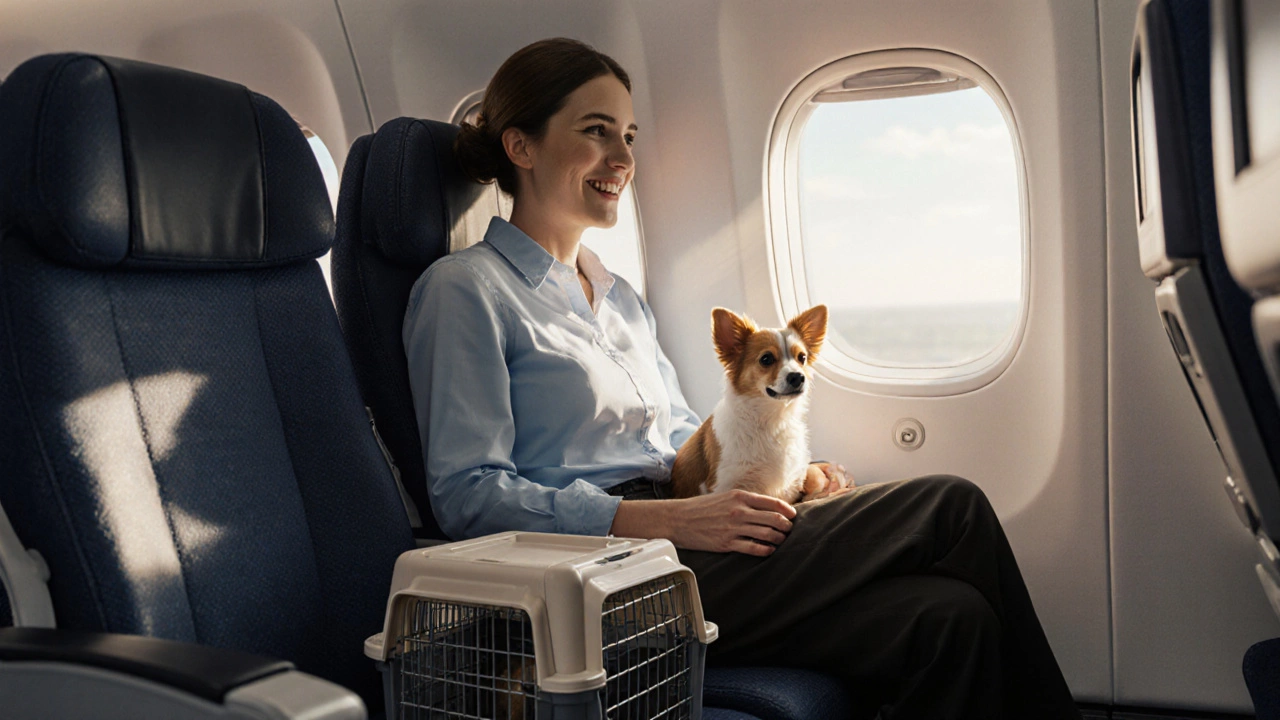Everything You Need to Know About the Lap Dog
When you hear the term lap dog, a tiny, affectionate canine that loves to perch on your lap and stay close. Also known as lapdog, it fits perfectly into homes where space is limited but love is abundant. A small breed dog, typically under 15 pounds, it thrives on human contact and indoor comfort, while a companion animal, a pet whose primary role is emotional support and closeness, it shapes daily routines and home design. In short, a lap dog is a small breed that needs indoor living, constant companionship, and a bit of extra care.
Why Lap Dogs Are Perfect for Apartment Life
First off, lap dogs are built for indoor spaces. Their tiny frames mean they don’t need a huge yard, and their low energy levels let them be happy with short walks or play sessions on the living room rug. This makes them ideal for city apartments, condos, or any home where outdoor space is a premium. Because they’re companion animals, they often bond tightly with one person, which can help reduce anxiety for both pet and owner. Their need for closeness means they’ll happily curl up on a couch or bed, providing warmth and stress relief after a long day.
Health-wise, lap dogs share a set of common concerns that owners should keep on their radar. Dental issues pop up frequently due to their small jaws, so regular brushing and dental chews are a must. Their tiny size also makes them prone to hypoglycemia, especially after vigorous play, so frequent, balanced meals are key. Because they spend most of their time indoors, owners should pay attention to grooming—regular brushing prevents matting, and occasional baths keep skin healthy. A well‑rounded health plan that includes vet check‑ups, dental care, and proper nutrition keeps a lap dog thriving.
Training a lap dog is a bit different from training a larger, high‑energy breed. These dogs respond best to positive reinforcement, short sessions, and lots of affection. Since they’re already wired to please their human, a few treat‑based lessons can teach basic commands, crate training, and leash etiquette quickly. Socialization is still important; exposing them to new sounds, people, and controlled outdoor experiences early prevents shyness later on. The key is to keep training fun and brief—overloading a small brain can cause stress and setbacks.
When you consider the lifestyle fit, think about the daily routine. A lap dog loves to be involved in everything—from watching you work at the laptop to joining family meals (as long as food is safe). Their need for companionship means they don’t do well being left alone for long stretches. If you travel often, you’ll need a pet‑sitter or dog‑friendly lodging, which is why many lap dog owners invest in portable carriers and travel‑ready treats. Knowing these practicalities ahead of time makes the transition smoother for both of you.
Popular lap dog breeds include the Cavalier King Charles Spaniel, the French Bulldog, the Pug, and the Chihuahua. Each brings its own quirks—Cavaliers are plush and sweet, French Bulldogs are sturdy with a laid‑back vibe, Pugs have that lovable snort, and Chihuahuas pack big personality into a tiny body. Choosing the right breed depends on your activity level, allergy concerns, and how much grooming you’re willing to handle. Regardless of breed, they all share the core trait of loving lap time.
Finally, remember that a lap dog’s happiness hinges on routine, affection, and a safe indoor environment. Keep their space clean, provide cozy bedding, and offer mental stimulation through puzzle toys or short training drills. With the right care, your lap dog will be a lifelong source of joy, snuggles, and unconditional love.
Below you’ll find a curated collection of articles that dive deeper into everything from health tips to travel advice, all tailored for lap dog owners who want the best for their small companions.

Can Your Dog Sit on Your Lap During a Flight? A Pet Travel Guide
Find out if your dog can sit on your lap during a flight, the airlines that allow it, size limits, fees, and tips to keep both you and your pet comfortable.
View more